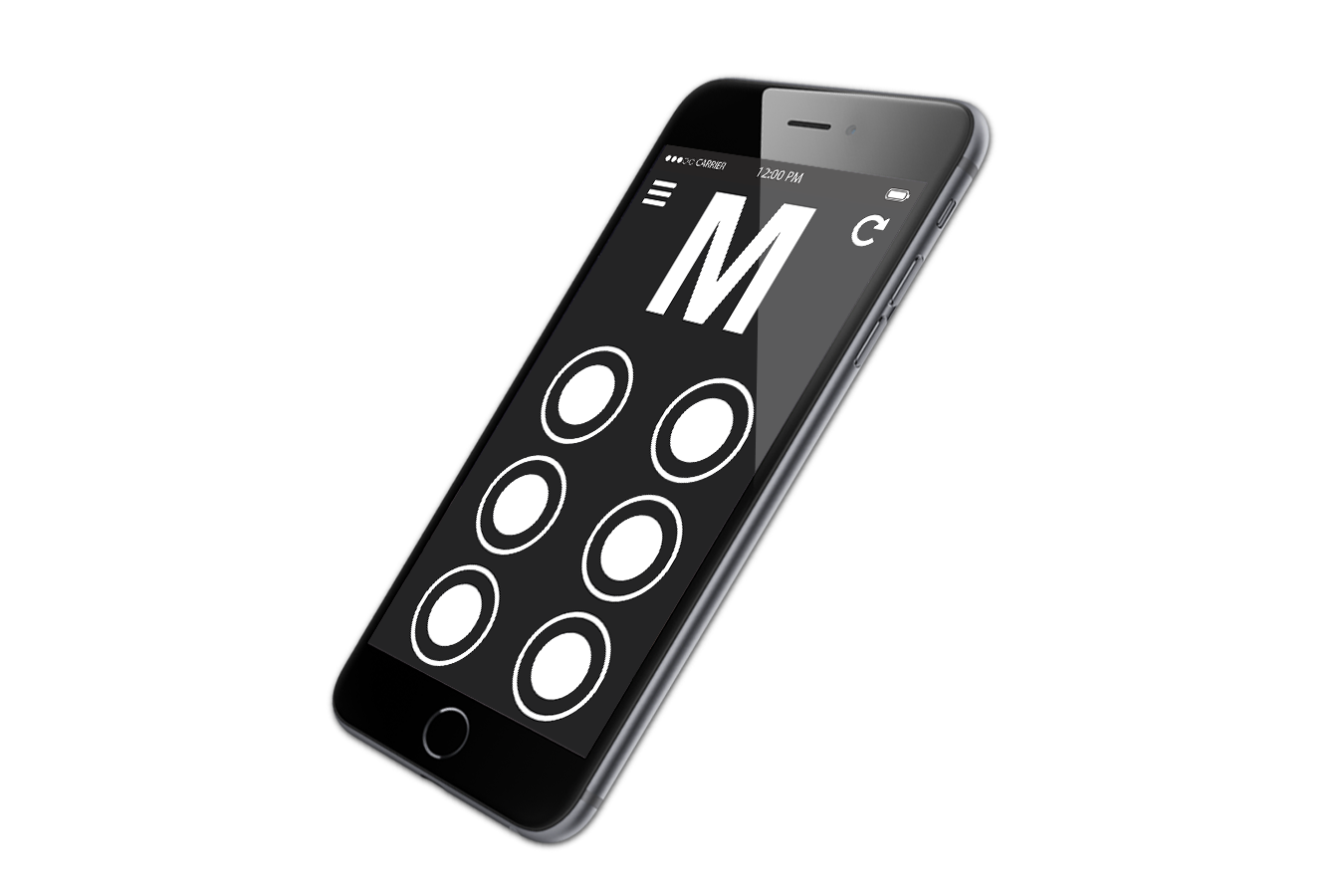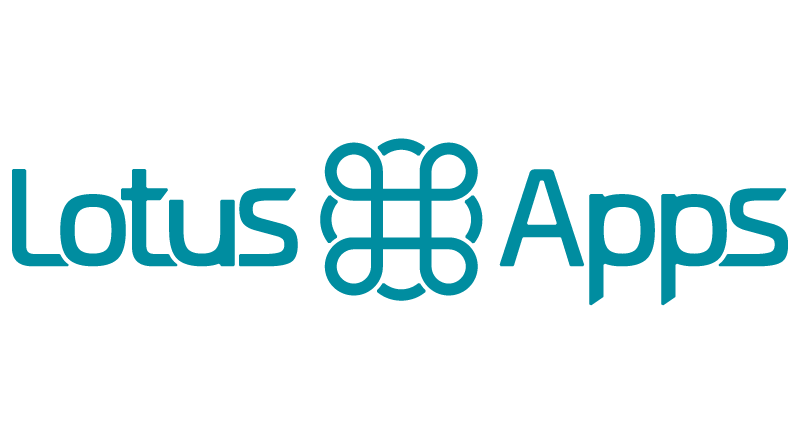For those new to software creation especially, the concept of spending significant effort defining and refining requirements and exploring the market, business fit and product idea before designing the first view can be frustrating.
However, discovery is a very important component to the success of any software project, allowing you to uncover important truths, priorities, features and audiences to guide the design and development efforts later.
What are some things that can go wrong if you skip this essential planning and research step at the beginning of your project you ask, well read on!
Problem 1: Lack of Direction
Most often we find projects without a discovery and research phase lack a clear direction. We don't mean that there are no goals; quite the contrary, often the goals are too large to easily meet or there are too many of them.
Often we see projects unable to clearly define what is important to the product and success of the project, leading to ineffective decision making, slipping timelines, confusing requirements and more.
A simpler side effect can be that there is simply no "point person" available, or leadership. Quite often through discovery natural leaders emerge: people with passion for the product, someone with the most understanding of the target audience needs and wants, etc. This person not know they are the natural product owner at the time, but the discovery process aids in uncovering a leader to keep the product interests at heart and make decisions.
Problem 2: Designs That Solve No Problem
You're making progress because you're seeing designs being created, everyone is excited to have some tangible progress. Right? Wrong!
Without proper research and planning, you may be designing the wrong thing! Considerations such as ideal screen size, emotions you want to convey, level of clarity needed in the product, or even if the product should be built for web or mobile: there are many complex and important decisions to make before ever designing the very first screen.
We often find that had the project been afforded proper research and planning via discovery, that important considerations for the target audience preferences and branding would have led in a different direction.
Problem 3: Feature Creep
Don't get us wrong, most projects uncover new features and functionality as the project progresses: feedback from testers, exposure to a larger team, and greater understanding of everyone involved generally compound the issue.
However, lacking discovery, we often see projects experience a hefty amount of feature creep due to a lack of understanding the full scope of the project at the onset.
This leads to features that have to be rushed or cut from the product entirely due to timeline and budget constraints, or even less than ideal solutions to the problem due to now existent constraints in the product that could have been solved more elegantly had all the information been known at the beginning before starting development.








